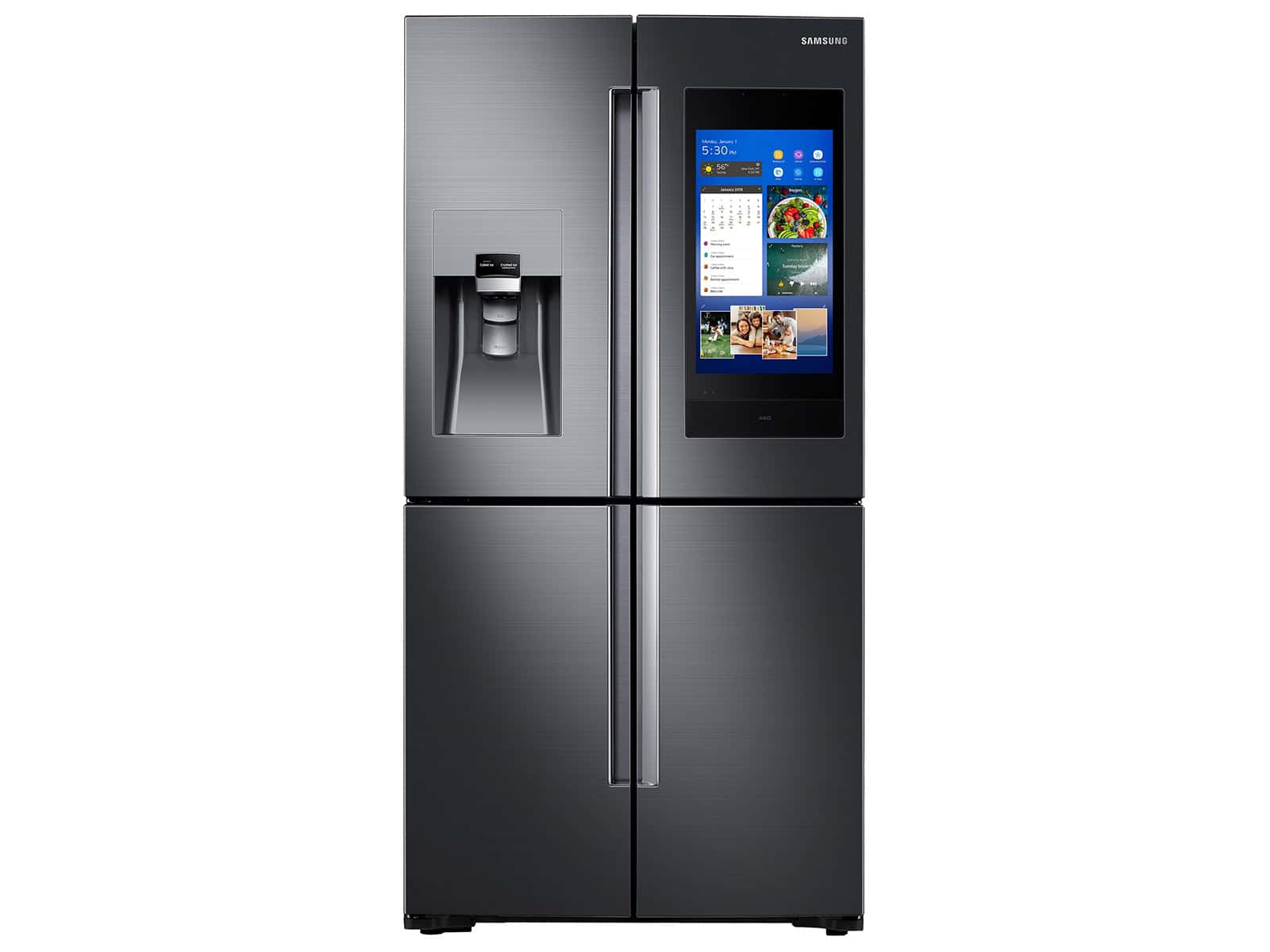Before you consider throwing away your old fridge, think twice! That bulky old refrigerator sitting in your garage may actually have some hidden value. With a bit of effort and creativity, you can turn it into cash or get valuable discounts. Whether you want to make some money, embrace eco-friendly practices, or simply declutter your space, there are various options to explore. Instead of sending your fridge to the landfill, let’s explore different ways to make money from it.
Disassembling your fridge can help you declutter, benefit the environment, and put some money in your pocket. I realized that there was still value in the parts of my Samsung fridge, which cost me over $3000 six years ago. I’ve always believed in reusing parts from old devices as it’s a win-win for everyone and the environment.
During the dismantling process, I learned valuable tips such as turning off the water supply before working on the water line. While I was dismantling a Samsung RF28M9580SG model, most of the information applies to various refrigerators. I’ll discuss the valuable components you can extract from your fridge, how to safely prepare for disassembly, and provide step-by-step instructions for dismantling it to recover those important components.

Turning Old Refrigerators Into Cash
An old refrigerator taking up space in your garage or basement? Don’t just haul it to the curb! There are ways to turn that outdated appliance into some extra money. Let’s explore your options:
Sell It
If your fridge is still in working order, consider selling it. There’s a market for used appliances, especially for budget-minded buyers like students or those setting up a first apartment. You can try listing it on online marketplaces like Craigslist or Facebook Marketplace, or even hold a good old-fashioned garage sale.
And one of the best ways to sell it is actually to tear down the refrigerator into parts and sell those individual parts on eBay.
Trade It In
Some appliance retailers offer trade-in programs when you purchase a new refrigerator. They may offer you a discount on your new purchase or even give you cash for your old one. Check with your local stores to see if they have any such programs.
Recycle It for Cash
Believe it or not, your old fridge contains valuable materials like steel, copper, and aluminum. Scrap metal recyclers will often pay you for these materials. Prices can vary depending on the current market and the size of your fridge, but it’s worth checking with local scrap yards to get a quote.
Utility Rebates
Some utility companies offer rebates for recycling old, inefficient refrigerators. These programs aim to reduce energy consumption by encouraging people to replace their old appliances with newer, more energy-efficient models. Contact your utility provider to see if they offer any such rebates.
Donate It for a Tax Deduction
If you’re feeling charitable, consider donating your old refrigerator to a local charity or non-profit organization. Make sure the appliance is in working condition. You may be able to claim a tax deduction for the fair market value of your donation. Consult with a tax professional for specific guidance.
Important Considerations
- Condition: The condition of your fridge will significantly impact its value. A clean, well-maintained appliance will fetch a better price than one that’s damaged or dirty.
- Age: Newer refrigerators are generally worth more than older models. If your fridge is over 10 years old, its resale value may be limited.
- Energy Efficiency: Energy-efficient appliances are in higher demand, so if your fridge has a good energy rating, you may be able to get a better price.
Make an Informed Choice
| Option | Pros | Cons |
|---|---|---|
| Sell It | Potential for higher earnings | Requires finding a buyer and arranging transport |
| Trade It In | Convenient, often combined with a new purchase discount | May offer lower value than selling outright |
| Recycle It for Cash | Environmentally friendly, guaranteed payment | Lower earnings compared to selling |
| Utility Rebates | Helps reduce energy consumption, potential for cash back | May have specific eligibility requirements |
| Donate It | Supports a good cause, potential tax deduction | No direct monetary gain |
Before deciding what to do with your old refrigerator, weigh your options and consider your priorities. Whether you’re looking to make some quick cash, reduce your environmental impact, or support a charitable cause, there’s a solution that’s right for you.
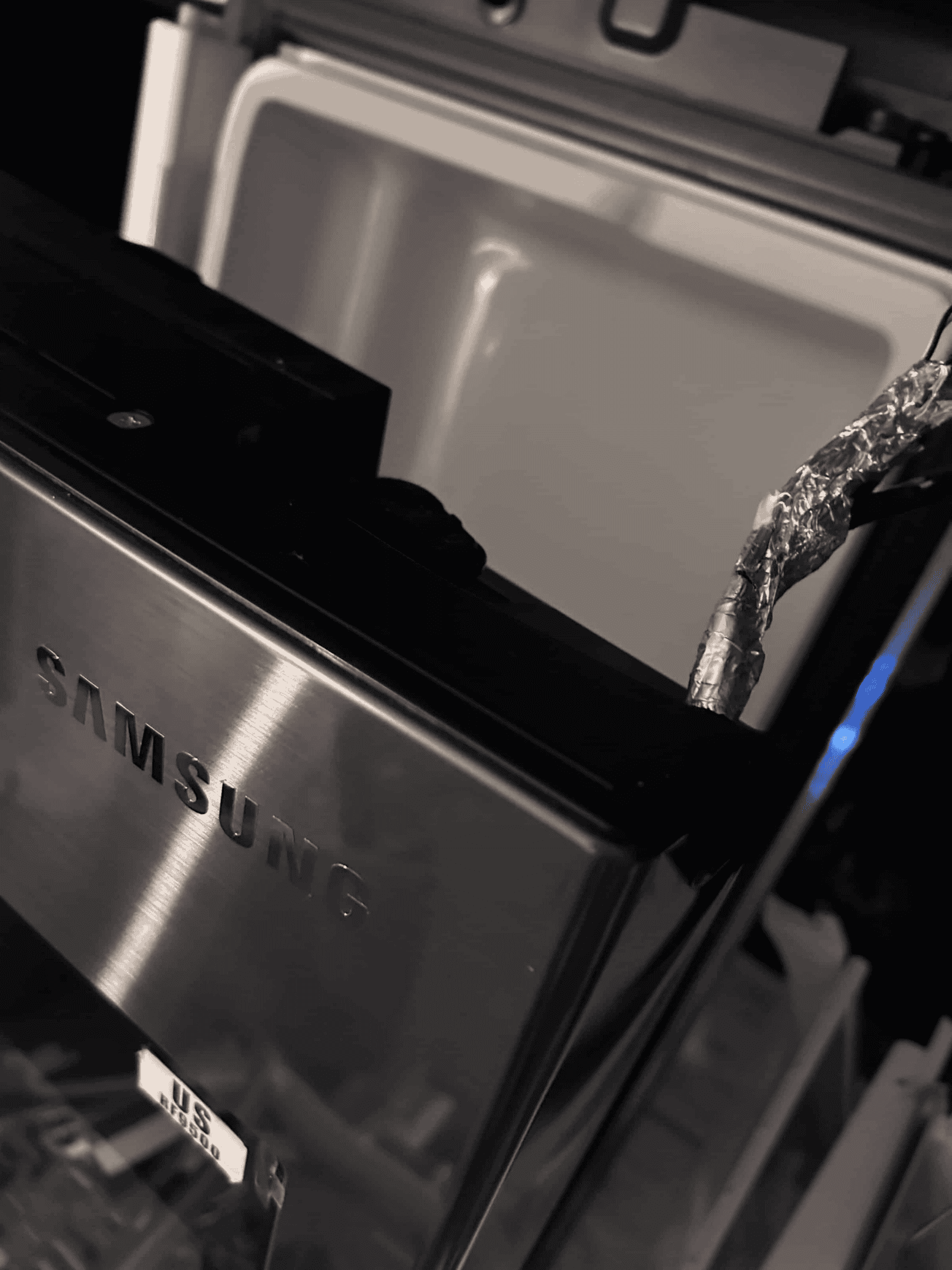
Refrigerator Parts and Components
| Component | Where to Sell | Notes |
|---|---|---|
| Copper | Scrap yards, metal recyclers | Pays by weight, separate different grades for better prices. |
| Aluminum | Scrap yards, metal recyclers | Clean aluminum gets a better price, some yards specialize in aluminum. |
| Steel | Scrap yards, metal recyclers | Lower value than copper/aluminum, but adds up. |
| Compressor | Scrap yards, HVAC specialists, appliance repair shops | Working compressors can fetch a premium. |
| Plastic | Some recycling centers | Check if they accept specific plastic types, often lower value. |
| Control Boards/Electronics | Online marketplaces (eBay, Facebook Marketplace), appliance repair shops | May need to find buyers needing those specific parts. |
| Shelves, Drawers, Other Intact Parts | Online marketplaces, used appliance stores | If in good condition, selling as individual replacements has potential. |
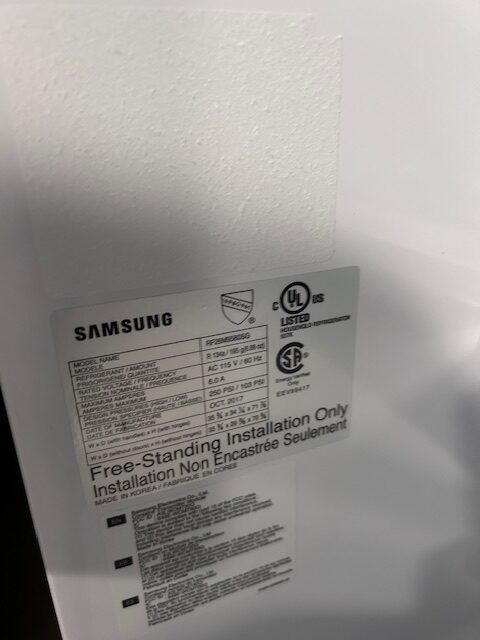
Why Should You Scrap a Fridge?
Disposing of a refrigerator safely is crucial for environmental reasons. When fridges are scrapped, valuable materials such as copper, aluminum, and steel can be recovered and recycled, rather than being dumped in landfills. This reduces the demand for new resources and lowers the overall carbon footprint. The economic benefits extend beyond just environmental conservation, with individuals and businesses earning a significant profit by selling these recycled materials to specialized recycling facilities or metal scrap yards. Proper disposal methods for scrapped fridges are also critical in preventing environmental damage, as these appliances often contain hazardous components like refrigerants and foam insulation which can cause harm to ecosystems if not handled correctly. Responsible disposal ensures that these harmful substances are safely contained or extracted, reducing the risk of pollution or soil contamination.
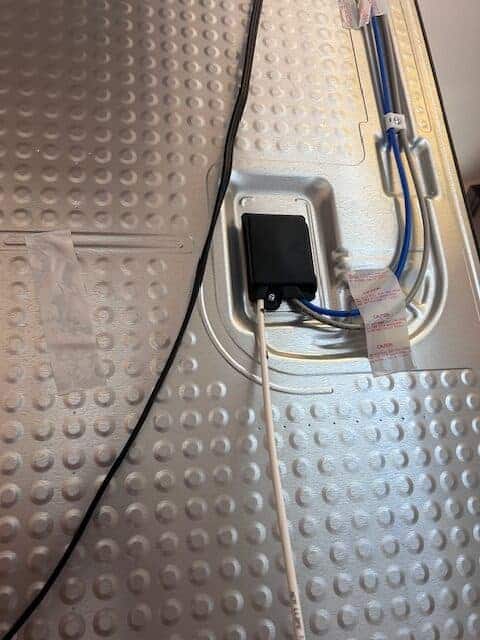
Top Refrigerator Brands
| Brand | Strengths | Price Range* | Notes |
|---|---|---|---|
| Sub-Zero | Powerful cooling, high-end features, long-lasting | $$$$ | Built-in options, known for luxury |
| Miele | European quality, advanced technology, sleek design | $$$$ | Focus on energy efficiency and customization |
| LG | Smart features, innovative designs, various styles | $$ – $$$ | Wide range to suit different budgets |
| Samsung | Large capacity, smart tech, variety of finishes | $$ – $$$ | Popular for French door models |
| Bosch | Quiet operation, reliable performance, thoughtful design | $$ – $$$ | Focus on sleek, counter-depth styles |
| Whirlpool | Practical features, good value, dependable | $ – $$ | Offers a wide selection across price points |
| GE Appliances | Trusted name, range of styles and features | $ – $$ | Known for affordability and various configurations |
| Frigidaire | Affordable, classic designs, good capacity | $ – $$ | Budget-friendly, no-frills options |
| KitchenAid | High-performance, durable, variety of features | $$ – $$$ | Known for quality and range of styles |
| Viking | Commercial-grade, powerful, customizable | $$$$ | Premium brand, focus on pro-style features |
What Materials Can You Get From Scrapping a Fridge?
If you need to get rid of a refrigerator, you should know that it contains valuable materials that can be extracted and reused. These materials include copper, aluminum, steel, radiators, compressors, and foam insulation. In addition to these primary materials, you can also salvage other elements from the fridge, such as plastic components, glass shelves, and wiring harnesses. Copper is especially valuable as it is highly conductive and recyclable, and can be found in the wiring and tubing of fridges. Aluminum is another sought-after material, commonly used for panels and frames. Steel provides strength and durability, typically found in structural components. You can also recover the radiator to capture its heat exchange properties.
What Parts of a Fridge Can Be Recycled?
Recycling various parts of a refrigerator can help promote sustainable practices and contribute to resource conservation. The copper tubing, steel frames, and aluminum radiators found in fridges are all recyclable components. When these materials are properly processed and reused, it helps reduce the need for mining and manufacturing new materials, thus reducing the environmental impact. Recycling copper tubing not only saves energy but also prevents valuable resources from being wasted. Similarly, reusing steel frames and aluminum radiators reduces the carbon footprint associated with producing these materials from scratch. Therefore, the responsible disposal and recycling of these fridge components play a crucial role in promoting a more sustainable and environmentally friendly society.
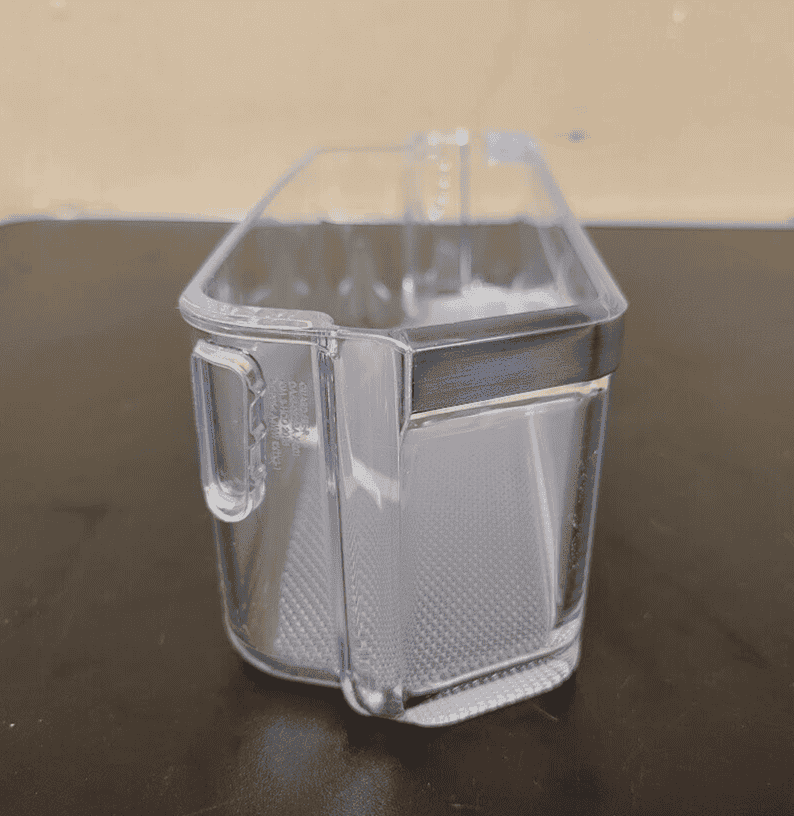
Refrigerator Parts and Estimated Value
| Part | Typical Price Range* | Selling Tips |
|---|---|---|
| Compressor | $50 – $200+ | List model compatibility, specify working or not, include clear photos |
| Control Boards/Electronics | $20 – $100+ | Provide model numbers, test functionality if possible, offer warranties for higher value items |
| Ice Makers | $30 – $80+ | Include photos of all connections, specify if it includes water filters or additional parts |
| Evaporator Coils | $20 – $60 | Clean before listing, ensure no leaks, package carefully for shipping |
| Shelves & Drawers | $10 – $40+ | Clean thoroughly, note any scratches or damage upfront, list dimensions |
| Door Gaskets/Seals | $20 – $50+ | Measure accurately, specify brand/model compatibility |
| Water Filters | $10 – $30+ | Consider selling in packs, list compatible models |
| Thermostats | $10 – $40 | Test before selling, provide clear installation instructions (if possible) |
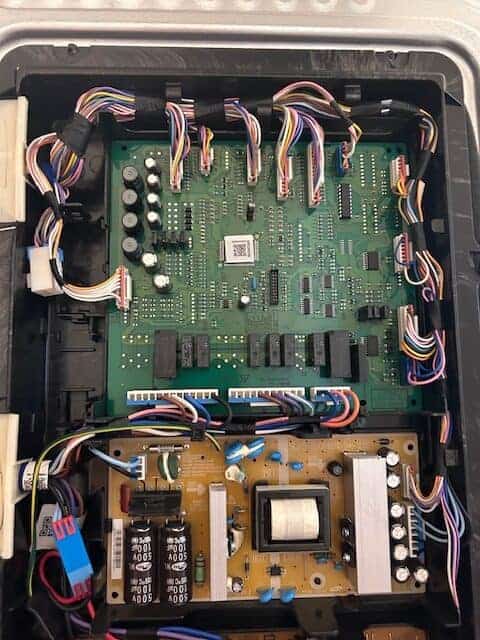
Additional Selling Tips for Ebay
- Research: Check completed listings for similar parts to price competitively.
- Detailed Descriptions: Include model numbers, condition notes (new vs. used), and any relevant specifications and conditions.
- Bundle Items: Offer compatible parts together (e.g., water filter + valve) for convenience and to save on shipping.
- Shipping: Calculate shipping costs carefully, especially for bulky items like compressors.
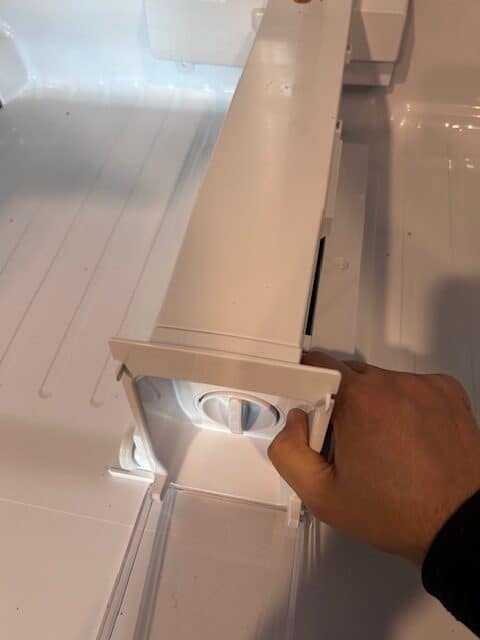
What Chemicals Can Be Extracted From a Fridge?
Refrigerators contain chemicals like Freon, which need to be extracted during the scrapping process, along with other refrigerant lines and foam insulation. Proper disposal of these chemicals is crucial to prevent any harmful effects on the environment and human health. It’s important to follow specific protocols to ensure environmental safety. Proper disposal not only protects the ecosystem but also helps recover valuable resources. Careful handling of refrigerants and foam components is necessary to avoid leaks and emissions that contribute to ozone depletion and global warming. The process of reclaiming these chemicals promotes sustainability in the refrigeration industry and contributes to a cleaner and healthier planet.
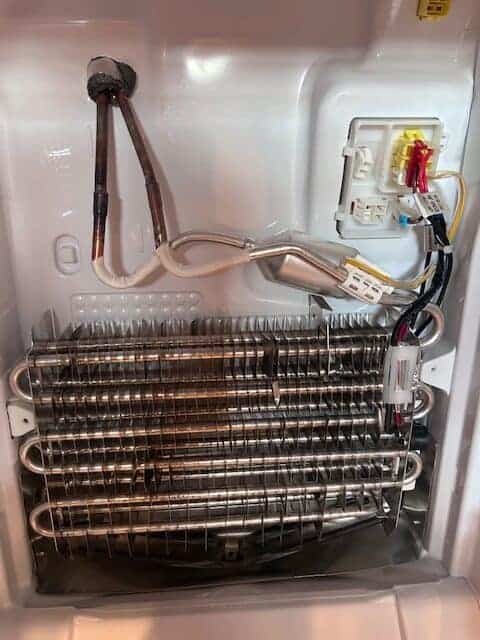
How to Prepare for Fridge Disassembly?
Gather Your Tools
- Power drill
- Gloves and goggles
- (Optional) Tools for cutting refrigerant lines (if you plan to do this yourself)
Safety First
- Wear protective gear at all times.
- Unplug the fridge immediately.
- Sealed units: Handle with extreme caution. May contain harmful refrigerants.
Handling Refrigerants
- Refrigerants can be hazardous to the environment. Consult professionals for safe extraction and disposal. Check local regulations for any permits required.
Begin Dismantling
- Use the power drill to remove screws holding the fridge together.
- Carefully detach doors and shelves.
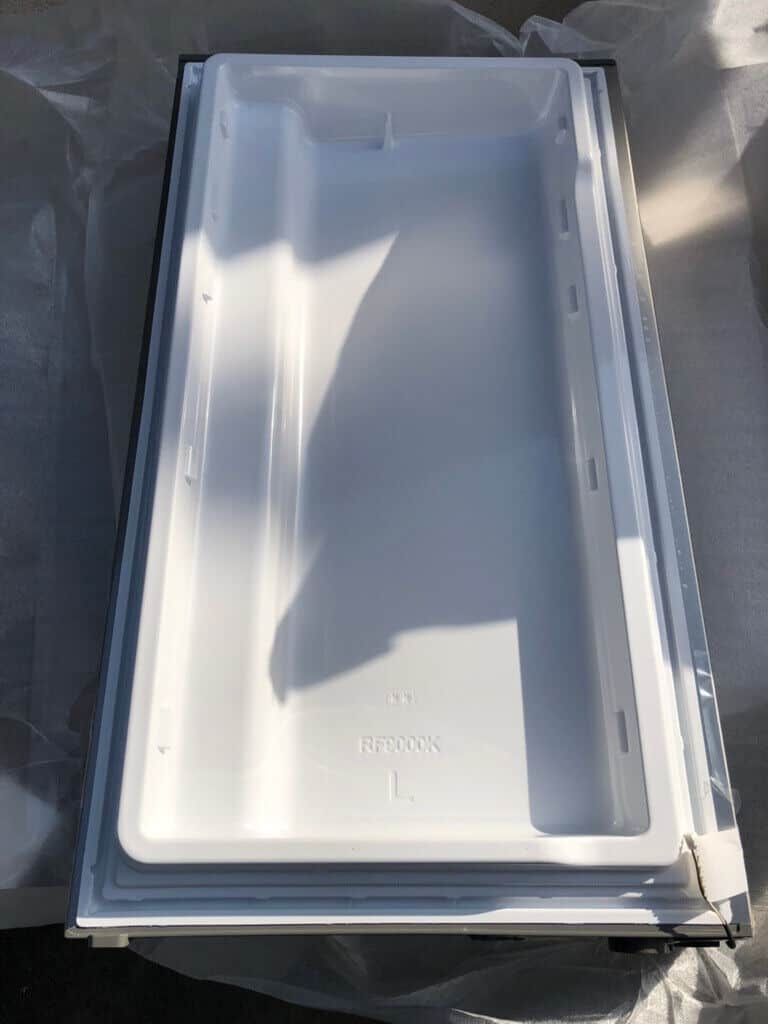
What Safety Precautions Should You Take?
When scrapping a fridge, it is vital to observe safety precautions, especially when handling compressors and potentially contaminated aluminum parts, ensuring personal safety and environmental protection.
When dealing with compressors, it is recommended to release any remaining refrigerant in a safe and environmentally friendly manner to prevent harmful emissions. Always wear protective gloves and eyewear to shield oneself from sharp edges and potential contaminants during the disassembly process.
Regarding the aluminum components, be cautious of possible contaminants such as oils and chemicals, which should be properly disposed of according to local regulations to avoid environmental damage. Proper disposal also includes separating different materials for recycling purposes.
General safety practices should always be followed, such as working in a well-ventilated area and keeping fire extinguishers nearby in case of emergencies. Regularly inspect tools and equipment for any signs of damage or malfunction before use to prevent accidents.
How to Dismantle a Fridge?
When it comes to dismantling a fridge, there are several steps you need to follow. First, unplug the unit and remove all doors and shelves. Next, extract the insulation from the fridge by carefully separating the plastic parts to reach the inner layers. Be careful when handling the insulation material, as it may contain harmful substances. After the insulation is removed, it’s essential to cut the refrigerant lines with precision to avoid any leaks or spills. Properly dispose of any refrigerant that may be trapped in the lines, following environmental regulations. Salvaging components like compressors and radiators requires a careful approach. These parts can be valuable for recycling or repurposing. Pay attention to any attached wiring and connections as you dismantle them from the fridge. Depending on your experience, it may take 2-4 hours to disassemble the fridge and a few extra hours to list the parts. I have a lot of experience with disassembly of electronics so I didn’t need to watch any Youtube videos but depending on your experience it may not be a bad idea.
Step 1: Unplug the Fridge
When you want to dismantle a fridge, the first step is to unplug it from the power source. This is important for your safety and for preparing the fridge for further dismantling or disposal. By disconnecting it from the power, you protect yourself from potential electric shocks during dismantling and also ensure the safety of the components inside the appliance. This step is crucial in the process of preparing the fridge for disposal or recycling because it allows you to safely and efficiently work on removing other parts without the risk of electrical hazards. Properly unplugging the fridge also ensures that any utility connections, such as water lines or icemakers, are safely disconnected before disposal.
Step 2: Remove the Doors and Shelves
To safely dismantle a fridge, you should first unplug it. Start by removing bins inside the fridge first. These parts typically you can sell easily on a local or online marketplace. Next, remove the doors and shelves of the fridge with care and possibly using tools like steel tubes. To remove the fridge doors, open them fully and lift them upwards to unhinge them from their slots. You should be cautious as the doors can be heavy and delicate, especially if they have glass components. To remove the shelves, gently lift and tilt them to remove them from their tracks. If you encounter any stubborn components, use steel tubes to help pry them off, but make sure to place a cloth over the tube to prevent scratches on the fridge’s surface. It’s important to always wear gloves and protective eyewear to ensure your safety. These tools can be particularly useful when dealing with tightly secured or frozen parts.
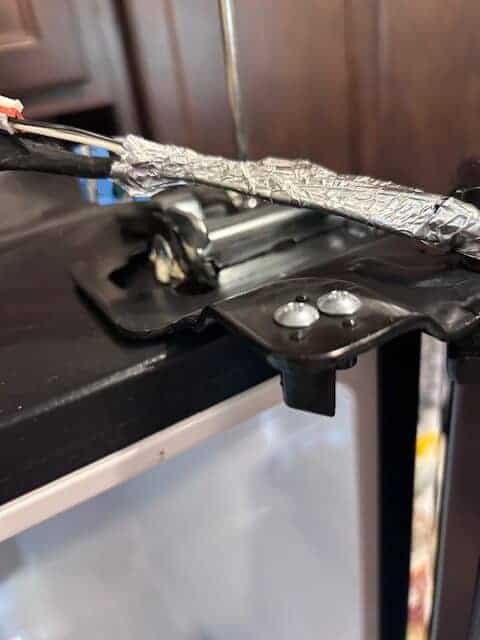
Step 3: Remove the Insulation and Plastic Parts
When dismantling a fridge, it’s crucial to remove the insulation and plastic components with precision to ensure proper recycling or disposal. Efficient removal of these elements is essential for environmental sustainability and effective separation of foam materials and plastic parts. By carefully disassembling these components, you can contribute to reducing landfill waste and promoting the reuse of valuable materials. Proper recycling of plastics and foam insulation minimizes environmental impact, conserves resources, and supports the circular economy. By responsibly handling these materials, you can help decrease pollution and energy consumption associated with manufacturing new products.
Step 4: Cut the Refrigerant Lines
When dismantling a refrigerator, it is crucial to cut the refrigerant lines with care to prevent leakage of harmful gases into the environment. Proper handling of refrigerants is essential, including Freon recovery and disposal. It is recommended to involve HVAC contractors who have the necessary expertise and equipment for safe handling and disposal of refrigerants. Freon recovery involves capturing and containing the refrigerant for safe disposal or reuse. To prevent environmental damage and comply with regulations, it is important to follow appropriate disposal practices such as recycling or incineration. Refrigerants contain substances that can be harmful if released into the atmosphere. By following proper disposal guidelines, the environmental impact can be minimized.
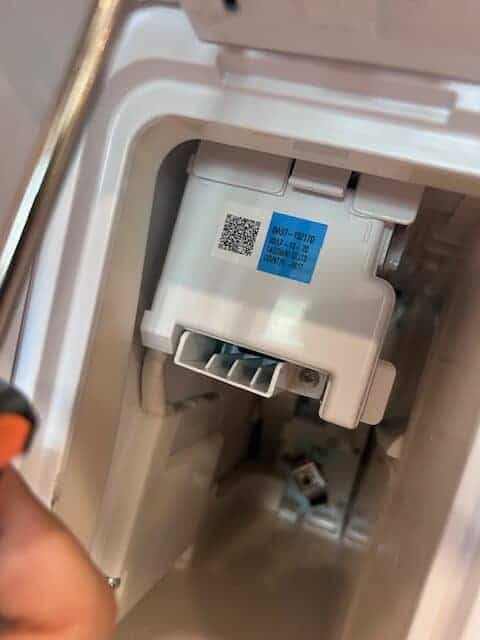
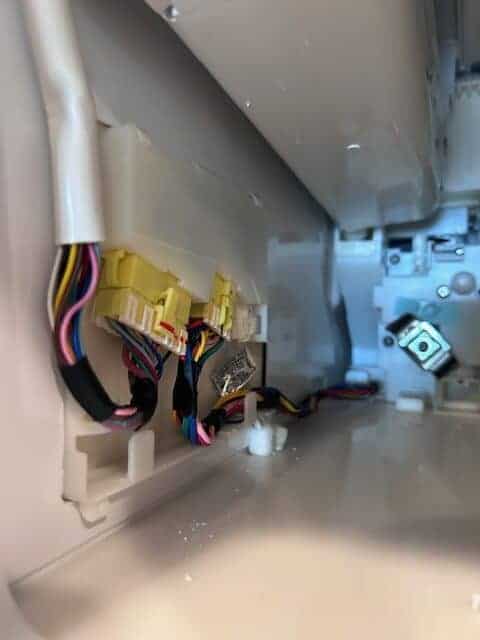
Step 5: Remove the Compressor and Other Metal Parts
When it comes to recycling programs, extracting the compressor and other metal parts from a fridge is a crucial step. This practice helps to recover valuable components for reuse and promotes sustainable practices. Technicians carefully remove the compressor, copper tubing, aluminum fins, and other metal components from the fridge during the dismantling process. Subsequently, these parts are sorted and sent to specialized facilities for further processing. Recycling programs play a vital role in ensuring that these metals are not wasted, but instead, they are utilized in the production of new products. Through the extraction and recycling of these materials, the environmental impact of discarded fridges is significantly reduced, contributing to a more sustainable future.
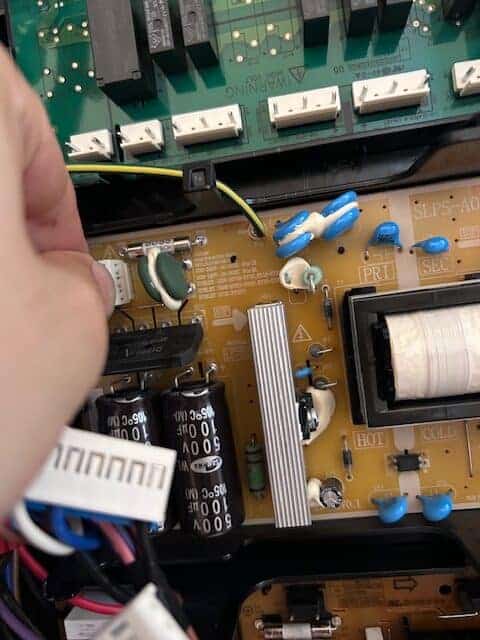
Where to Take Your Old Fridge
Choose the best option for you based on your priorities:
Scrap Yards
- Turn your scrap fridge into cash at a local scrap yard. They pay for valuable metals like copper and aluminum.
Recycling Centers
- Opt for a recycling center to maximize the environmental benefits. They specialize in safely processing various materials from your fridge.
Donation Centers
- Donate a working fridge to help those in need and reduce waste. Some centers may even offer pickup services.
Remember: Always check if facilities accept fridges before going.
Frequently Asked Questions
What is the first step in scrapping a fridge?
The first step in scrapping a fridge is to unplug it and remove any food or other items inside.
Can I scrap a fridge for money?
Yes, many scrap yards accept fridges and may even pay you for it. However, it is important to check with your local scrap yard for their specific policies and procedures.
How do I safely remove the refrigerant from a fridge?
Refrigerant, also known as Freon, can be harmful to the environment if not properly disposed of. It is recommended to have a professional remove the refrigerant from the fridge before scrapping it.
What materials from a fridge can be recycled?
Many components of a fridge can be recycled, including the metal frame, copper wiring, and plastic parts. However, it is important to properly disassemble and separate these materials before taking them to a recycling facility.
Are there any regulations or laws I should be aware of when scrapping a fridge?
Yes, certain countries and states have laws and regulations in place for scrapping fridges. It is important to research and follow these laws to avoid any fines or penalties.
How should I transport a fridge to a scrap yard?
It is recommended to transport the fridge in an upright position to prevent damage to the compressor. You may also need to secure the doors to prevent them from opening during transport.

